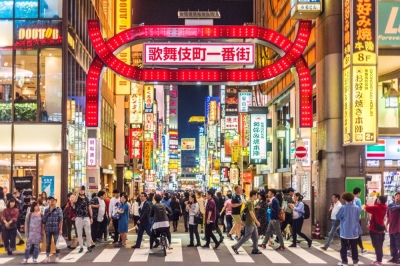CERAMICS
Aug 14, 2014
Jun 4, 2014
Apr 9, 2014
Feb 19, 2014
Nov 27, 2013
Nov 20, 2013
Nov 20, 2013
Oct 9, 2013
Sep 4, 2013
Aug 14, 2013
Jul 10, 2013
Jun 13, 2013
Jun 6, 2013
May 30, 2013


































